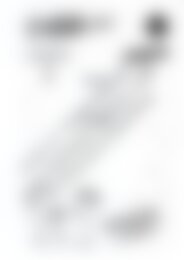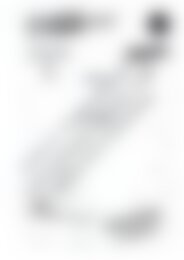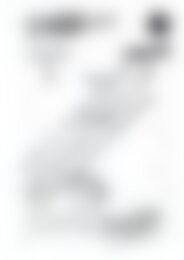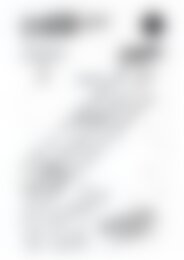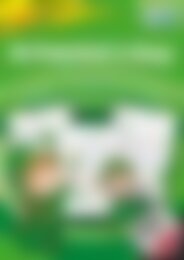RIC-20229 Primary Grammar and Word Study Year 1 – Figures of Speech
You also want an ePaper? Increase the reach of your titles
YUMPU automatically turns print PDFs into web optimized ePapers that Google loves.
<strong>Figures</strong> <strong>of</strong> speech<br />
Onomatopoeia<br />
Focus<br />
Onomatopoeia<br />
Definition<br />
• Onomatopoeia is a word which imitates the sound<br />
<strong>of</strong> what it describes.<br />
Example:<br />
plop or zoom<br />
Explanation<br />
• <strong>Figures</strong> <strong>of</strong> speech are used to make language more<br />
interesting, memorable or surprising. There are<br />
three distinct groups: phonological figures <strong>of</strong> speech<br />
(based on sound effects); lexical figures <strong>of</strong> speech<br />
(depending for their effect on the use <strong>of</strong> words);<br />
<strong>and</strong> syntactic figures <strong>of</strong> speech (depending for their<br />
effect on sentence structure).<br />
• Phonological figures <strong>of</strong> speech include:<br />
alliteration <strong>–</strong> The use <strong>of</strong> the same sound at the<br />
beginning <strong>of</strong> words.<br />
Example:<br />
The slimy snake silently slithered.<br />
assonance <strong>–</strong> The use <strong>of</strong> internal rhyme by using<br />
the same vowel or consonant sounds within words<br />
which follow each other or are close together.<br />
Example:<br />
double trouble<br />
onomatopoeia <strong>–</strong> The use <strong>of</strong> a word that imitates<br />
what it describes.<br />
Example:<br />
the babbling <strong>of</strong> a stream<br />
Worksheet information:<br />
• Read stories such as Where does Thursday go? by<br />
Janeen Brian, Night noises by Mem Fox or any other<br />
texts which use onomatopoeia. Identify <strong>and</strong> discuss<br />
the use <strong>of</strong> words such as ‘knick, knack, kock’ <strong>and</strong><br />
‘oogle, gurgle’. Ask the students why they think the<br />
author has used these types <strong>of</strong> words in the story.<br />
• Introduce the students to the term ‘onomatopoeia’<br />
<strong>and</strong> explain that it means a word whose sound<br />
imitates its meaning. Use the books you have read<br />
to provide students with examples <strong>of</strong> these types <strong>of</strong><br />
words.<br />
• Ask students to brainstorm to list any other words<br />
they think belong in this group <strong>of</strong> words.<br />
• The worksheet identifies some words which are<br />
used to represent the sounds <strong>of</strong> things around the<br />
home. This is a basic introduction to onomatopoeia,<br />
using familiar <strong>and</strong> common words <strong>and</strong> sounds.<br />
Ideas for further practice<br />
• Students may use the word lists developed during<br />
the brainstorm to write a simple poem which uses<br />
onomatopoeia. Add appropriate artwork <strong>and</strong> display.<br />
• Create labels for display around the classroom, using<br />
onomatopoeia for everyday objects.<br />
Example:<br />
The cupboard door opens<br />
with a screech.<br />
©R.I.C. Publications<br />
Low Resolution Images<br />
Display Copy<br />
Answers:<br />
1. (a) balloon (b) clock (c) telephone<br />
(d) s<strong>of</strong>t-drink (e) doorbell<br />
2. (a) drip (b) tinkle (c) boing<br />
(d) splash<br />
<strong>Primary</strong> grammar <strong>and</strong> word study 80<br />
www.ricpublications.com.au R.I.C. Publications ®












